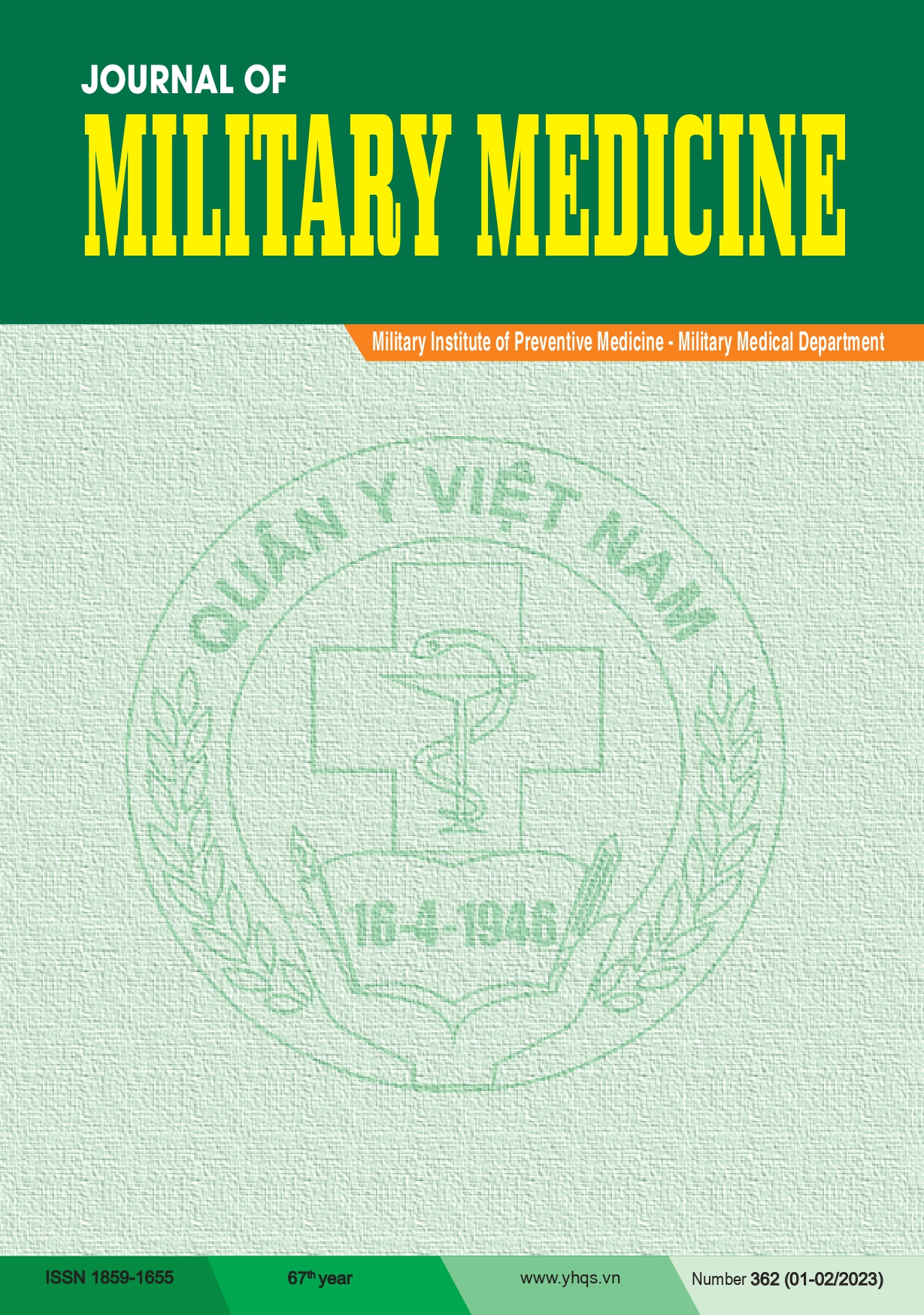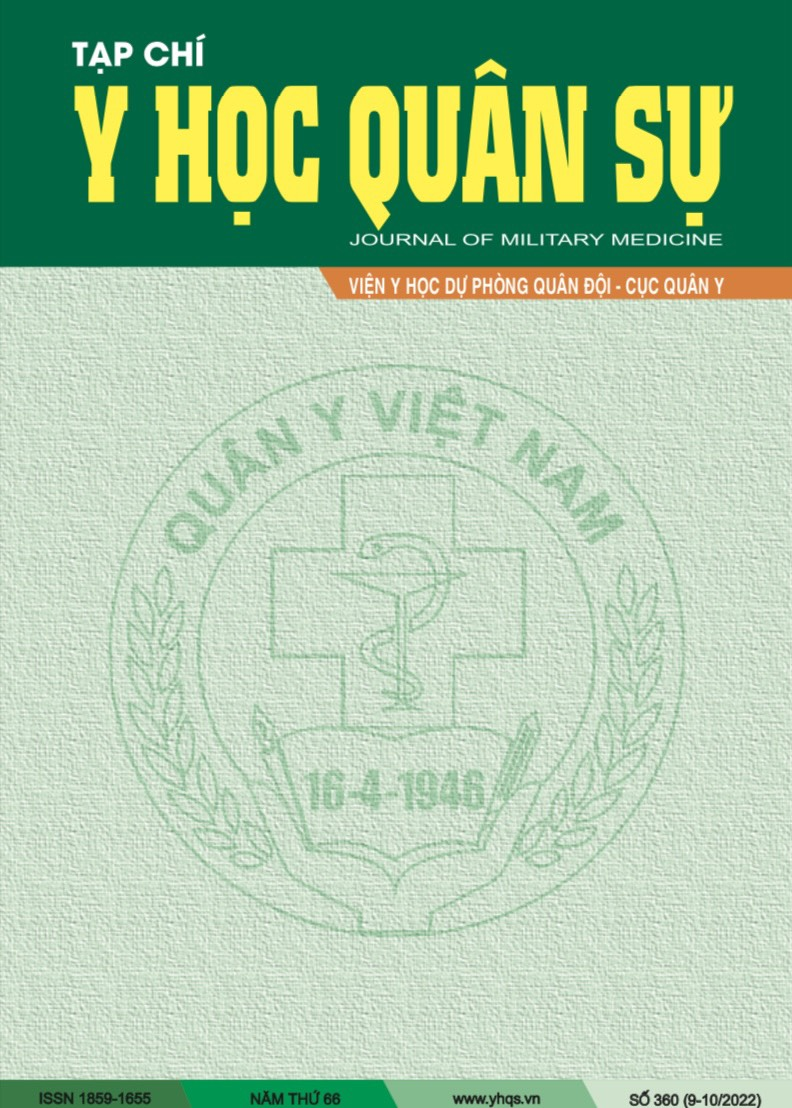ANALYSIS AND CONCLUSION OF THE CASE MIXED DNA SAMPLES IN FORENSIC EXAMINATION BY RELATIVE FLUORESCENSE UNIT METHOD
Từ khóa:
DNA mixture, Relative Fluorescence Unit, DNA profile, InterpretationTóm tắt
Purpose: We aimed to extract mixed DNA samples collected from the crime scene into DNA profiles and provided an accurate assessment of which contributor DNA belongs to the culprit.
Methods: We analyze the nuclear DNA (nDNA) from DNA mixtures and amplify genes with the GlobalFiler 24 Locus Gene (Thermo Fisher, USA) kit, followed by capillary electrophoresis using the Genetic Analyzer 3500 System. Data analysis was performed using Genemapper ID_X software and interpreting the results by calculating the Relative Fluorescence Unit (RFU).
Conclusion: The method of analyzing the results using RFU for short repeat sequences (STRs) of the nuclear genome is highly reliable and current, applied in most of the advanced countries in the world. Therefore, the International Society of Forensic Genetics has encouraged and prioritized this method.
Tài liệu tham khảo
L.A Davis (2016), Data Interpretation, Forensic DNA Theory and Technology.
R Press, et al. (2019), DNA Mixtures: A Forensic Science Explainer. Forensic Science, DNA and biological evidence, Public safety and Law enforcement 2019, 3:e393-e394.
Bieber F.R, Buckleton J.S, Budowle B, Butler J.M, Coble M.D (2016), “Evaluation of forensic DNA mixture evidence: protocol for evaluation, interpretation, and statistical calculations using the combined probability of inclusion”, BMC Genetics, 17, 1408-1415.
Forensic Science Regulato (2021), Forensic Science Regulator Guidance, DNA Mixture Interpretation 23.
R. Press (2021), “DNA mixtures: A Forensic Science Explainer”, Available at: www.nist.gov/feature-stories/dna-mixtures-forensic-science-explainer 23 May.
T.M Clayton, F.J.P Whitaker, R Sparkes, P Gill (1998), “Analysis and interpretation of mixed forensic stains using DNA STR profiling”, Forensic Science International 1998 (1): 55-70.



